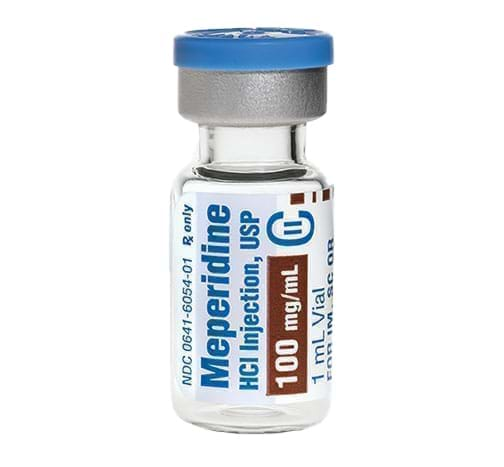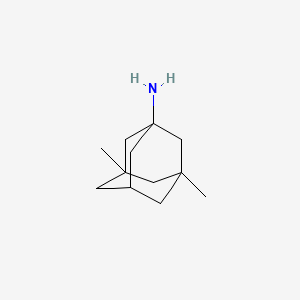|
Name: Meperidine
Type: Opioid
AKA: Demerol, Mepergan, pethidine

|
|
II. Natural Derivative
Synthetic substance, no natural derivative
 |
|
III. Chemical Profile (IUPAC name)

|
|
IV. History
Meperidine, an opioid analgesic, was developed in the 1930s. It is used for pain relief and is known for its effectiveness in treating moderate to severe pain. Its use is regulated due to potential for abuse.

|
|
V. Legal Information
Meperidine, a synthetic opioid, is classified as a Schedule II controlled substance in the US, allowing limited medical use but reflecting high abuse potential. It is similarly regulated in many countries. The UNODC monitors synthetic opioids, emphasizing the need for strict controls to prevent misuse and overdose. Trends show ongoing efforts to balance medical use with preventing abuse.
US Federal Schedule - II
Schedule II drugs, substances, or chemicals are defined as drugs with a high potential for abuse, with use potentially leading to severe psychological or physical dependence. These drugs are also considered dangerous. Some examples of Schedule II drugs are: combination products with less than 15 milligrams of hydrocodone per dosage unit (Vicodin), cocaine, methamphetamine, methadone, hydromorphone (Dilaudid), meperidine (Demerol), oxycodone (OxyContin), fentanyl, Dexedrine, Adderall, and Ritalin.
Key US Federal Policies:
Controlled Substances Act. Public Law: Public Law 91-513 (text can be found on GovInfo) (https://www.dea.gov/drug-information/csa). Date enacted: October 27, 1970.
|
|
VI. Physical Effects
Meperidine is an opioid used for pain management. It functions as a downer, causing sedation and respiratory depression. Short-term use provides effective pain relief, but long-term use can lead to addiction, tolerance, and potential respiratory issues. Overdose risks include severe respiratory depression and death. Safe use requires careful dosing and medical supervision. Recent research examines its efficacy and safety profile relative to other opioids.  |
|
VII. Psychological Effects
N/A
 |
|
VIII. Culture
Meperidine is an opioid analgesic used for pain management. Its cultural significance is associated with its efficacy in treating pain and its potential for abuse. Media coverage often addresses its effectiveness and the risks of opioid addiction. Meperidine is used medicinally and contributes to discussions about opioid use and addiction treatment.
 |
